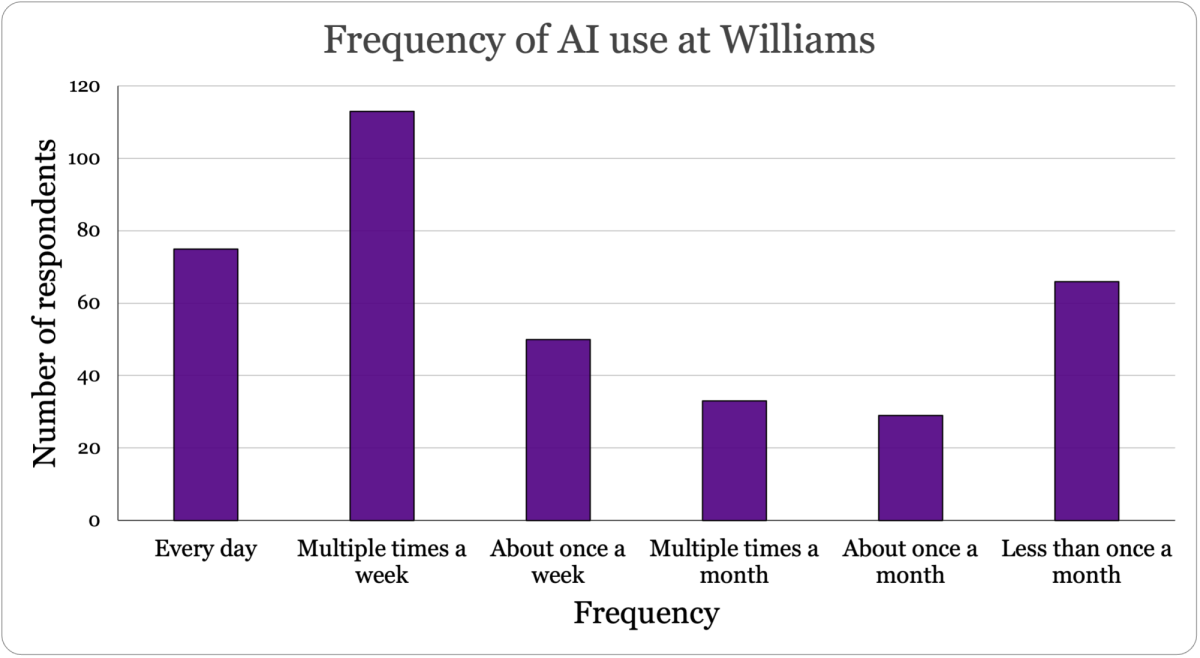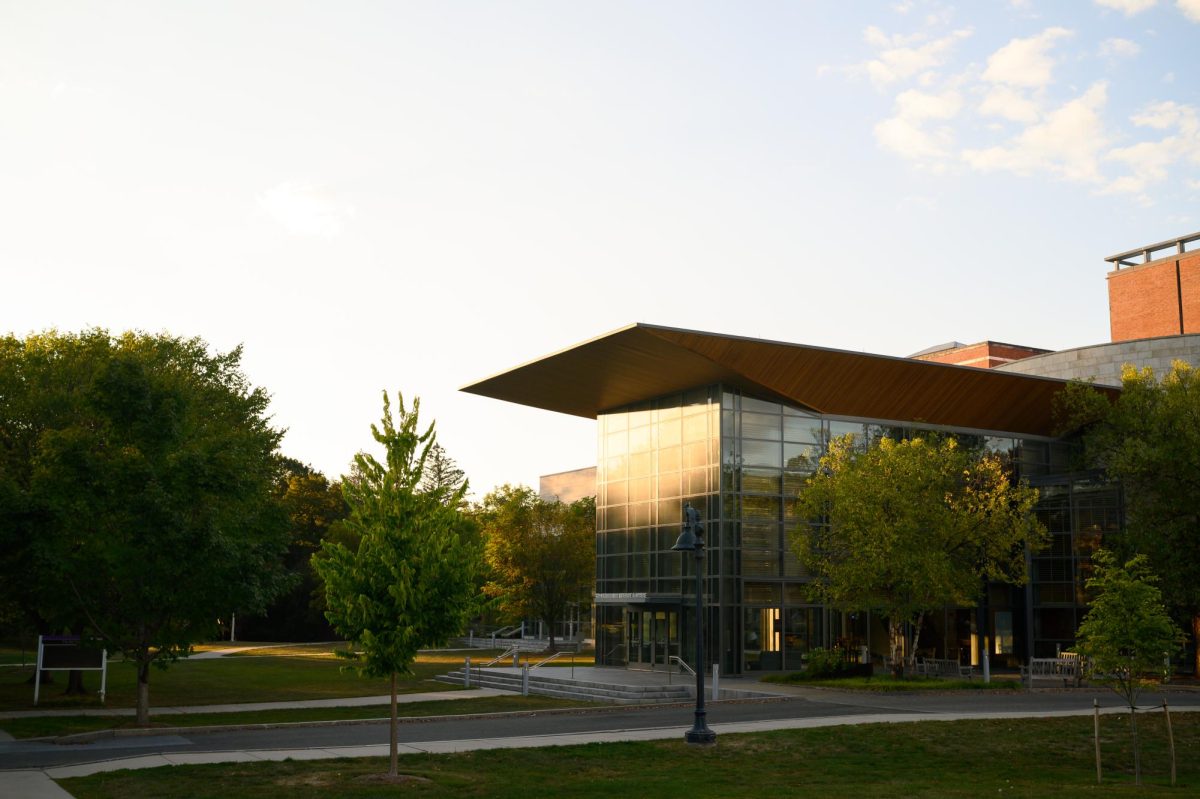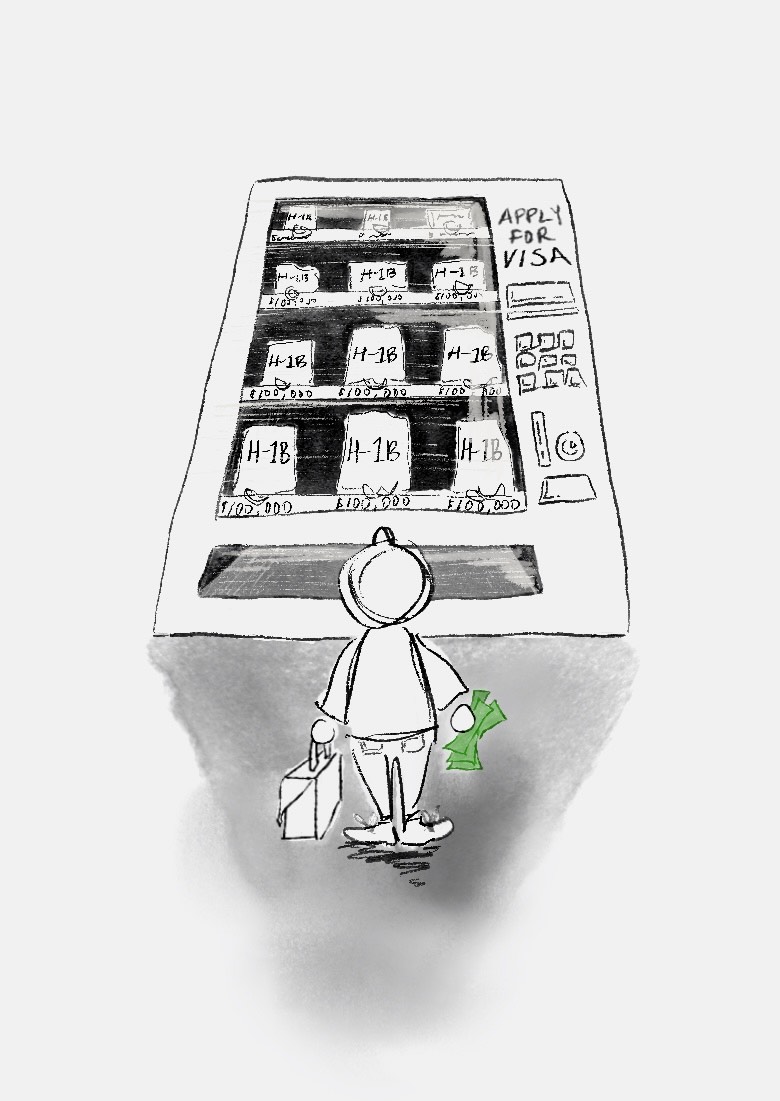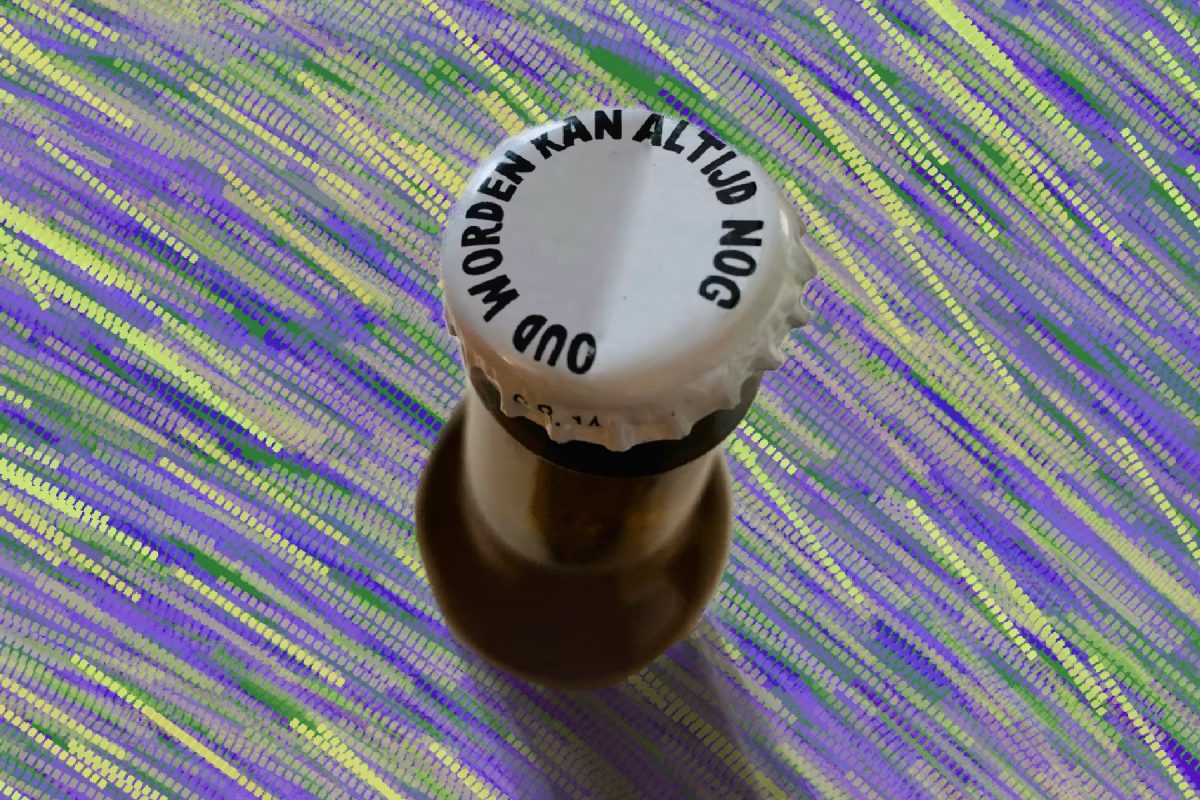
As generative artificial intelligence (AI) becomes increasingly advanced and popular, the College’s Writing Center has developed a set of practices and policies for editing student writing that tutors suspect is AI-generated.
The Writing Center is an academic support resource that provides peer tutoring sessions to help students produce clear and effective writing. While the Center’s official AI policy states that tutors are not expected to “police” AI use, they may remind students that submitting AI-generated writing as one’s own constitutes plagiarism under College policies.
Tutors told the Record that, in practice, they rarely suspect that they’re reading AI-generated writing.
Writing tutor Abby Davis ’27 believes that is because the students who want to get extra tutoring on their writing are rarely the ones who turn to AI. “Most people who are coming into the Writing Center are people who have identified that they just need some extra help and are not interested in taking a shortcut,” Davis said.
Writing tutor James Johnson-Brown ’25.5 echoed Davis. “Those that rely on AI to write for them aren’t those who were going to put in the effort to … attend a Writing Center appointment in the first place,” he said.
Despite this lack of overt usage, tutors and staff at the Center still worry that the use of generative AI could undermine the skills they are trying to foster.
When they believe they’re reading AI-generated work, in addition to reminding students of the College’s academic integrity policies, tutors are encouraged to turn the exchange into a learning moment. Ultimately, the choice of how to handle the situation is up to the individual tutor.
Annie Morrison ’26, another writing tutor, said she has never reported a student for using AI because its output is often difficult to identify. “Given how things are progressing, I honestly don’t know if I could tell if someone’s writing was AI or not,” she said.
Johnson-Brown typically alerts Center leadership if he thinks a student has used AI. “We are not instructors or TAs and don’t have any disciplinary power, but I’ve definitely brought students to the attention of our director, Julia, so that she can check in with them,” he said.
Davis recalled an instance when she asked a student to elaborate on their work, and the student, unable to communicate the ideas behind their writing, replied, “Gotta be honest, that was Chat[GPT].” Davis brought this issue to the attention of Center leadership and tried to work with the student to clarify their thinking.
Writing Center Director Julia Morgan McKenzie said that some students may use AI to produce a first draft that they bring to the Center, “coming in hopes of making something a robot spit out sound human.”
Center tutors and leadership are most concerned with the impact that AI tools have on the thinking behind writing. “I think writing challenges you to truly interrogate what you think about something and I worry AI will prevent people from having to think about that,” Morrison wrote.
McKenzie, who has written about the traditional writing process, voiced a similar fear that AI could lead to a generation of leaders who no longer know how to think. “We’re facing far too serious a future to allow for that,” she said.
McKenzie once worried that students would stop engaging with the Center and use AI to edit their work instead. However, she is pleased to have noticed the opposite — an influx of students — and says the Center will continue helping them find their voice through writing. “We — the tutors and me — are here to help students do just that,” she said. “And no, AI can’t stop us.”
Editor’s note: Hugh Kane and Phoebe Pallesen, who are writing tutors and serve as Executive Editors for News, were not involved in the writing or editing of this article.














